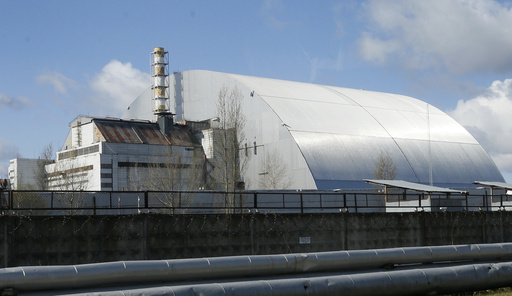Sweden is utilizing its strong foraging culture to investigate the levels of radioactive fallout remaining in the country 38 years after the Chernobyl nuclear explosion. The Swedish Radiation Safety Authority has requested mushroom-pickers to send samples of this year’s harvest for testing to measure the levels of Cesium-137 in mushrooms, the primary radioactive substance released during the Chernobyl disaster. Cesium-137 has a half-life of around 30 years and can accumulate in the body, posing health risks at high levels.
With over 60% of its land covered by forests, Sweden’s foraging lifestyle is expected to assist in the research. During late summer, many Swedes spend time in the woods gathering berries, mushrooms, and plants. The authority is seeking information from foragers about where they found their harvest, with the exception of the location of coveted mushrooms like the golden chanterelle, which are closely held family secrets.
Foragers are advised to submit double-bagged edible fungi weighing at least 100 grams (3.53 ounces) if fresh or 20 grams (0.71 ounces) if dried, picked in 2024. The Swedish safety authority has not specified when the research results will be available. Following the Chernobyl disaster, which claimed numerous lives initially and distributed radioactive dust across Europe, Swedish officials were the first to identify radioactive fallout in the region, leading to the disclosure of the disaster by Soviet authorities.
In 2017, the Czech Republic’s state veterinary agency revealed that half of the wild boars in the country’s southwest were radioactive due to feeding on an underground mushroom that absorbs radioactivity from the soil. Similar issues with radioactive wildlife were also reported in Austria and Germany. The long-term impact of radiation poisoning from Chernobyl remains unknown.


